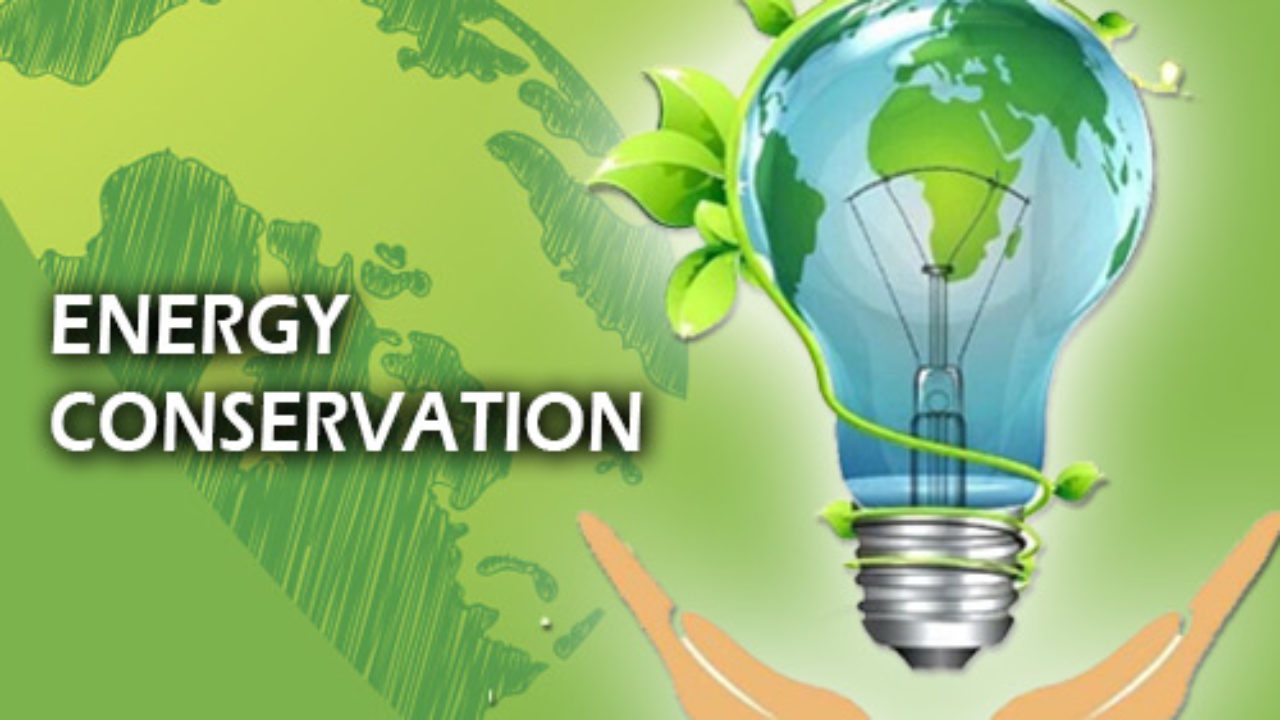Free Courses Sale ends Soon, Get It Now


Free Courses Sale ends Soon, Get It Now



Copyright infringement not intended
Picture Courtesy: blog.ipleaders.in
Context: According to the International Energy Agency's World Energy Outlook 2023, India's Energy Conservation Building Code (ECBC) for commercial buildings sets it apart from other developing economies, making it a notable exception in promoting energy efficiency in the construction sector.
Key points about India's Energy Conservation Building Code (ECBC)
|
PRACTICE QUESTION Q. What initiatives has India taken to promote the widespread adoption of renewable energy sources, and what impact have these efforts had on the country's energy landscape and environmental sustainability? |
© 2024 iasgyan. All right reserved